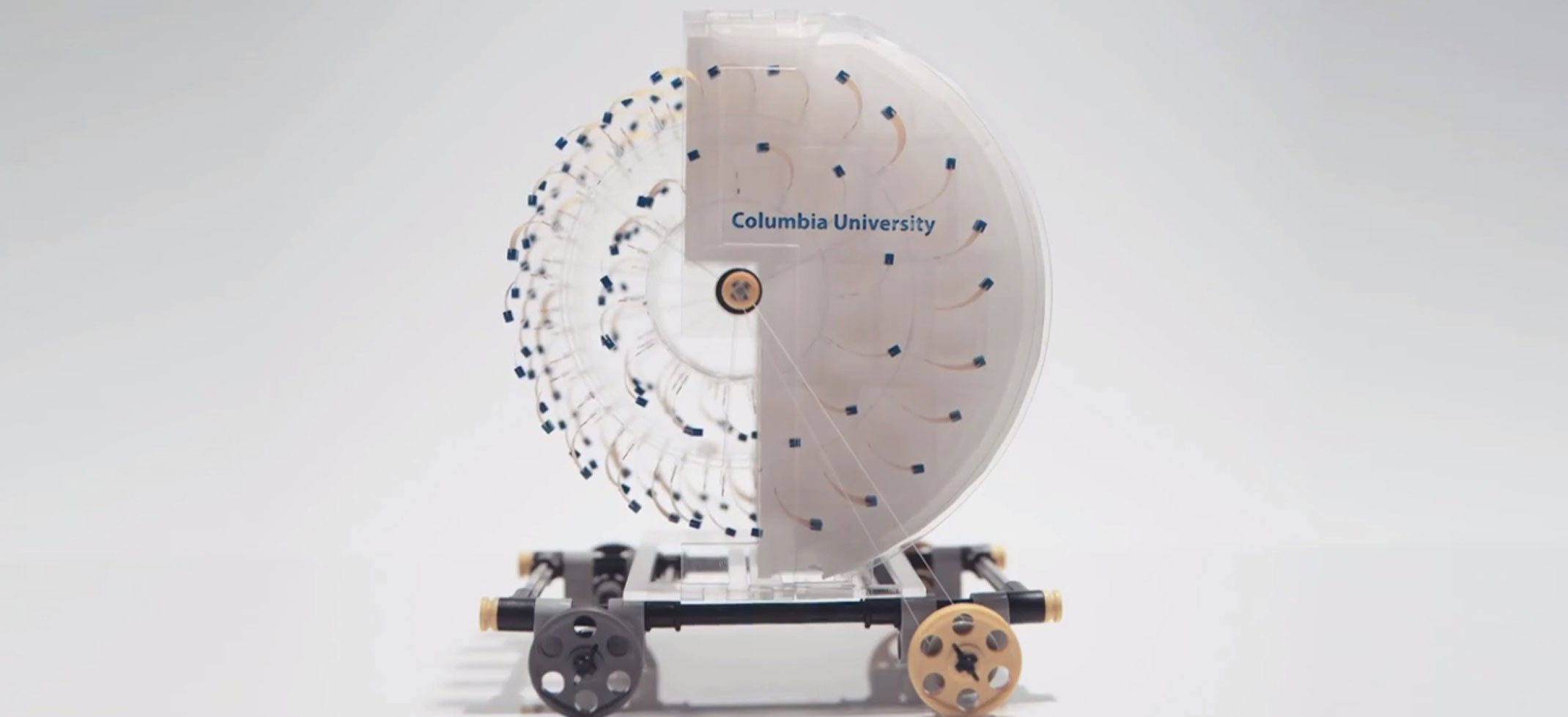A Columbia team has developed a miniature car that harnesses the power of evaporation to drive itself forward, as well as an evaporation-driven generator that powers a flashing LED lamp.
The study, which was published in Nature Communications this week, details engines developed by the team which start and run autonomously when placed at ‘air–water interfaces’. According to the abstract, ‘They generate rotary and piston-like linear motion using specially designed, biologically based artificial muscles responsive to moisture fluctuations.’ Using these engines, the team demonstrates an electricity generator that rests on water while harvesting its evaporation to power a light source, and a miniature car that moves forward as the water in the car evaporates.
The engines could draw energy from water as it evaporates continuously from the surfaces of lakes and oceans.
The basis of the research is work previously carried out on the bacteria Bacillus, microorganisms commonly found in soil. In humid conditions the spores absorb moisture from the air, expanding up to 40 percent in volume. In dry conditions, the process reverses. Sahin deduced that expanding and contracting spores can act like a muscle, pushing and pulling other objects.
To make one of the machines, a floating piston engine, a line of spores was glued to each side of a thin, plastic tape. The spores were spaced out and arranged so that those on one side overlapped with the gaps between spores on the other.
When the tape is exposed to dry air, the spores shrink and the tape retracts like a spring. In moist air, the tape extends as the contraction is released. The result is an artificial muscle powered by differences in moisture.
The evaporation-driven engines may find applications in powering robotic systems, sensors, devices and machinery that function in the natural environment.
More information: http://www.heatexchanging.com






